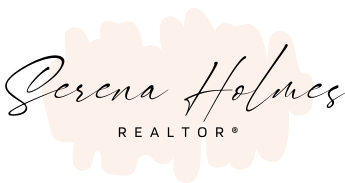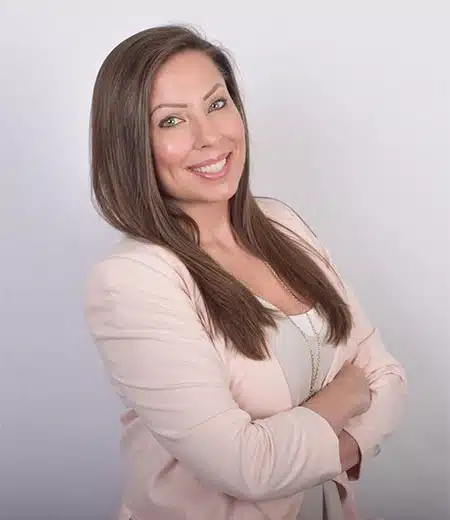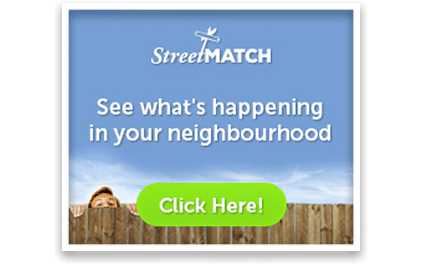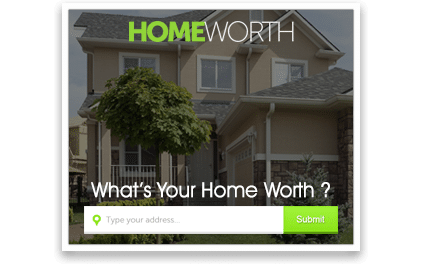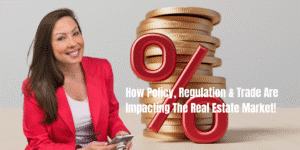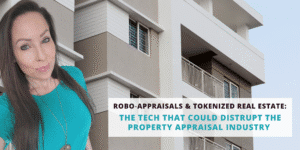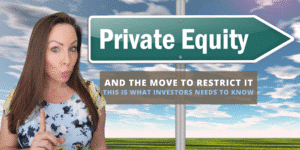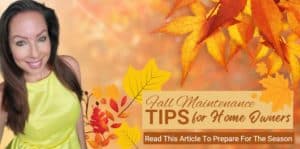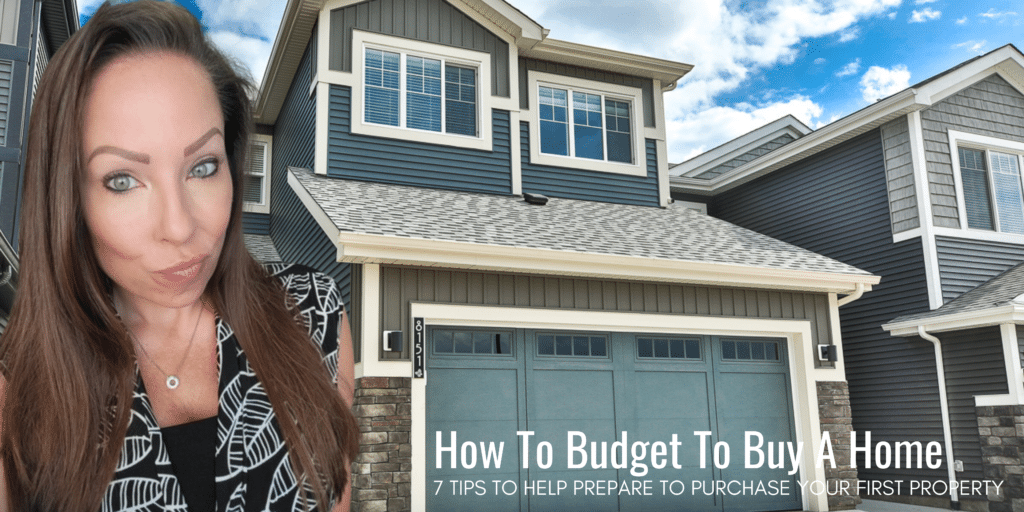
How to budget to buy a home.
A home is one of the largest purchases you’ll likely ever make. Learn how to budget for a house, hidden home ownership expenses to watch out for and tips to help you reach your goal.
1. Establish Your Starting Point
How much do you expect to pay for your new house? Research the cost of where you want to live to determine how much you can afford. Sometimes this can come with compromises. In the beginning, you may not be able to qualify for as much money as you’d like or need for a mortgage so you may need to live in a smaller home or in an area further from the city than you’d prefer.
It’s important to consider all of the costs that could come along with these concessions. For example, a condo may be cheaper but could come with high maintenance fees and parking fees. If you decide to move to the suburbs, you could be spending a lot of time commuting as well as money on fuel to get to and from work.
Do your best to consider all of these fees so you know where your true starting point is – and make sure that it’s manageable for where you are now.
2. Break Down Expenses
Gather every piece of information you can on your current financial picture. Look at your savings, mandatory monthly expenses, discretionary spending, debts, investment accounts and more. Having a clear picture of these items allows you to create a realistic plan for how you can buy your house.
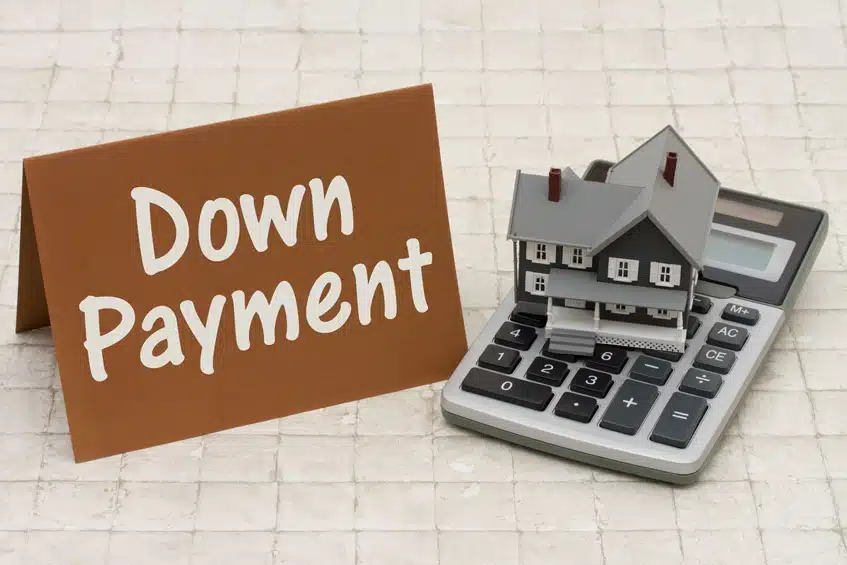
3. Create Your Plan
Add up all your income. Then, add up all your expenses. Subtract your total expenses from your total income. If the number is positive, congratulations – you’re spending less than you make. If it’s negative, you will need to cut back on your spending in order to put money towards your home goal.
4. Budget to Zero
If you end up with extra money in your budget, put it to work. Dedicate a certain amount toward saving for a home, while also building your emergency fund and paying off any debts.
5. Pick an Account
Choose which bank account you’ll store your savings in every month until you can purchase your home. Here’s where it becomes important to choose a savings account that earns interest, because this is free money going towards your goal of home-ownership. Depending on how far away you are from your goal of owning a house, you may want to instead consider an investment account. Keeping your cash in a low-risk investment will allow it to grow faster than a savings account. Keep in mind that a savings account keeps your money liquid, while a (low-risk) investment account is still invested in the market, so this option is only ideal if you have a solid chunk of time to save left before you plan to access the money.
If you have some time before you need to access your savings to buy your home, you may want to look into investing the funds in your RRSP. The government offers the Home Buyer’s Plan, which allows you to withdraw from your RRSP early without paying withholding tax, as long as you are using the funds to pay for your first home.
This may be a good plan if you already have savings stored in your RRSP. If not, I wouldn’t necessarily suggest depositing money into them if you plan to use them to buy your first home. I did this with some poor advice from a financial advisor and not only did I pay a penalty when I withdrew the funds I needed, I also had to pay it back over a period of time. Given my short time horizon to use the funds, a high interest savings account would’ve been a better idea.

6. Set Up Automatic Transfers to Savings
Once you’ve chosen your bank account, set up automatic payments. If you know you’ll save $500 every month, for example, have $500 automatically deposited into your savings account. This takes the guesswork and pressure off of having to do it yourself. It will also help you budget since you know this money is coming out already and you can’t simply spend it.
7. Review Your Budget Frequently
By proactively reviewing your budget, you’re able to adjust your plan as needed so you don’t lose track of your goals. If any major events happen, like a raise or a drop in the housing market, re-evaluate again.
Budgeting for a Down Payment
Your down payment is the biggest upfront cost for but the minimum depends on the cost of the home you want to buy.
Note – some institutions may require a higher down payment if you’re self-employed or have low credit.
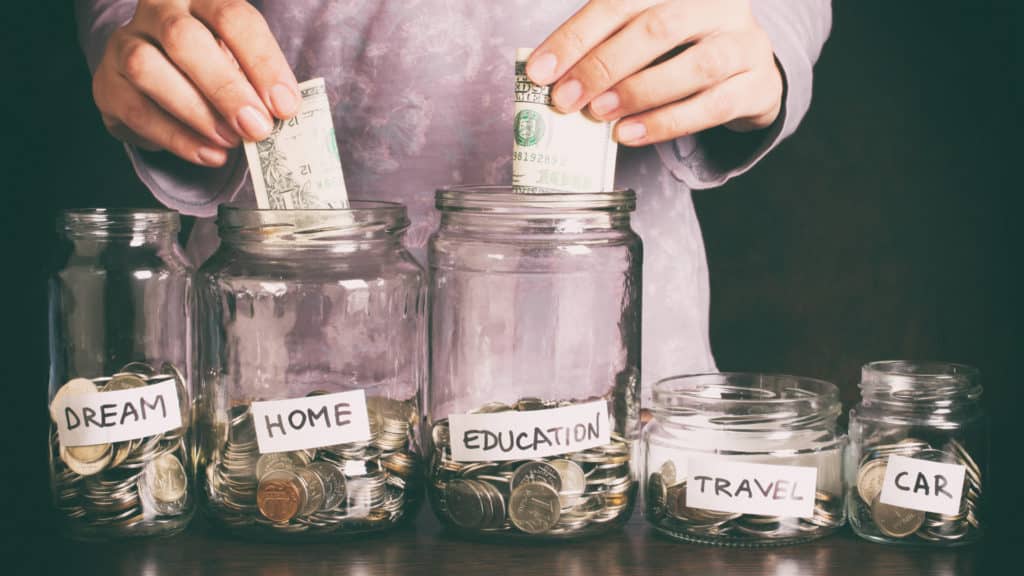
There are 3 tiers which determine the minimum down payment required:
• If the home you want to purchase costs $500,000 or less, the minimum down payment is 5%.
• If the home costs between $500,000 and $999,999, the down payment is 5% on the first $500,000.00 & 10% on the remaining cost.
• If the cost of the home is greater than $1 million dollars, the down payment must be 20%.
If your down payment is less than 20%, your loan is considered a “high-ratio mortgage” & you’ll need to pay for mortgage loan insurance. This additional insurance provides the lender protection should you default on your mortgage. Because mortgage loan insurance is commonly obtained through the Canada Mortgage and Housing Corporation, it is often referred to as CMHC insurance.
Even with a 20% down payment, lenders may require you to purchase mortgage loan insurance if your credit score is low or if you’re self-employed. Premiums for mortgage loan insurance typically range anywhere from 0.60% to 4.5% of your mortgage.
If you’re thinking about buying a new home, here are some other articles you may be interested in:
Looking to buy, sell or invest? Let’s talk! I can be reached at – 647.896.6584, email at info@serenaholmesrealtor.com or by filling out this contact form.
For plenty of other great tips, let’s connect on social @serenaholmesrealtor and make sure you’re subscribed to my YouTube channel.

